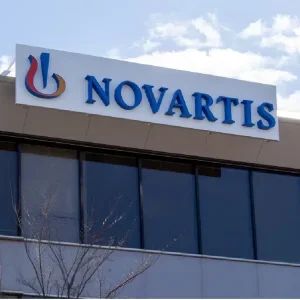
The US Food and Drug Administration (FDA) has accepted AstraZeneca’s supplemental new drug application (sNDA) and granted priority review to Tagrisso (osimertinib) for the treatment of certain non-small cell lung cancer (NSCLC) patients.
AstraZeneca is seeking approval for Tagrisso to treat adult patients with unresectable, Stage 3 epidermal growth factor receptor-mutated (EGFRm) NSCLC after chemoradiotherapy (CRT).
Upon approval, the therapy will be indicated for EGFRm patients whose tumours have exon 19 deletions or exon 21 (L858R) mutations.
The anticipated FDA action date under the Prescription Drug User Fee Act is expected during Q4 2024.
Tagrisso has recently received breakthrough therapy designation from the FDA for the same indication.
AstraZeneca oncology R&D executive vice president Susan Galbraith said: “Priority Review of Tagrisso in this early-stage curative setting is important for patients who currently have no targeted treatments available.
“We look forward to close collaboration with the FDA on an accelerated path to bring Tagrisso to patients as a potential new standard of care as quickly as possible.
“Tagrisso continues to serve patients as a backbone therapy in EGFR-mutated lung cancer, extending progression-free survival in the LAURA trial by more than three years and reinforcing the importance of testing for EGFR mutations at the time of diagnosis.”
The submission of the sNDA is based on data derived from the randomised, double-blind, placebo-controlled, multi-centre, global LAURA Phase 3 trial.
It enrolled 216 patients who were given Tagrisso 80mg once daily oral tablets. The primary endpoint was defined as progression-free survival (PFS).
According to the results, the drug showed an 84% reduction in the risk of disease progression or mortality compared to the placebo as evaluated by a blinded independent central review (BICR).
The median PFS stood at 39.1 months in patients treated with Tagrisso, in contrast to 5.6 months in the placebo group.
In addition, a clinically significant improvement in PFS was observed across all predefined subgroups.
The overall survival (OS) data displayed a promising trend for Tagrisso but was not fully mature at the time of this analysis. The late-stage study will continue to assess OS as a secondary endpoint.
Tagrisso is already approved as monotherapy in over 100 countries, including the US, European Union, China, and Japan.
Furthermore, the drug in combination with chemotherapy, has received approval in the US and several other nations for patients with locally advanced or metastatic EGFRm NSCLC.






